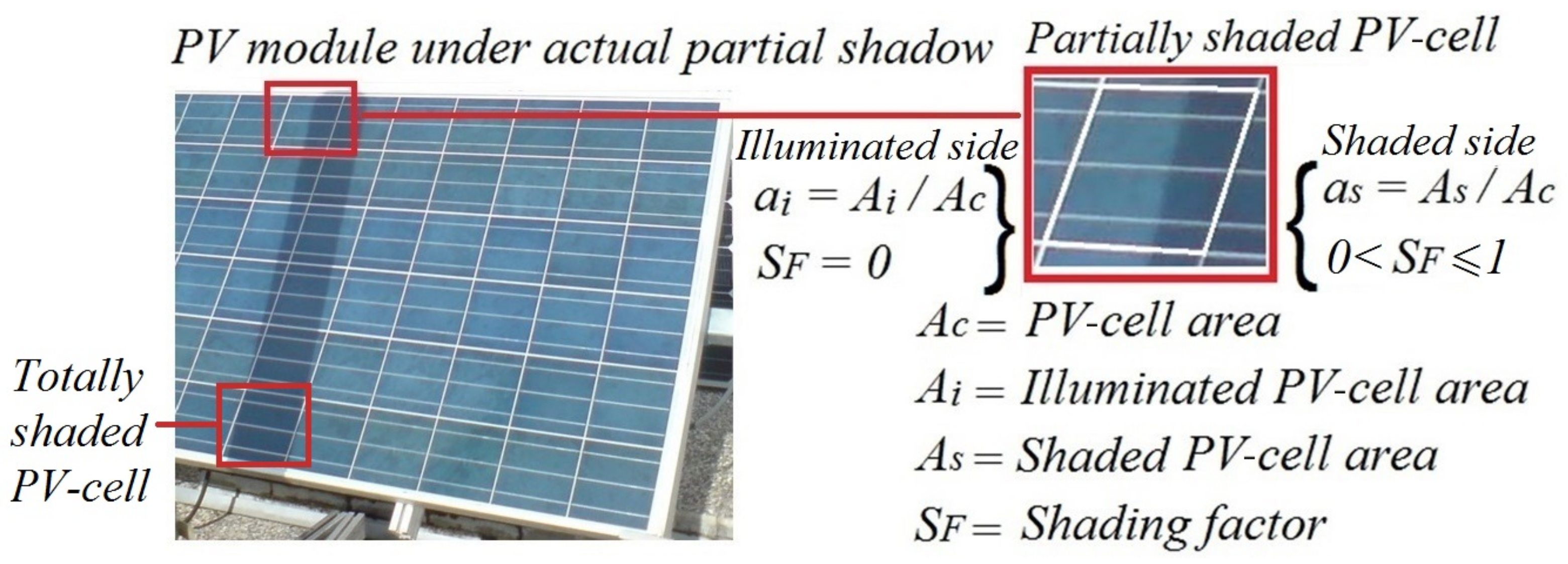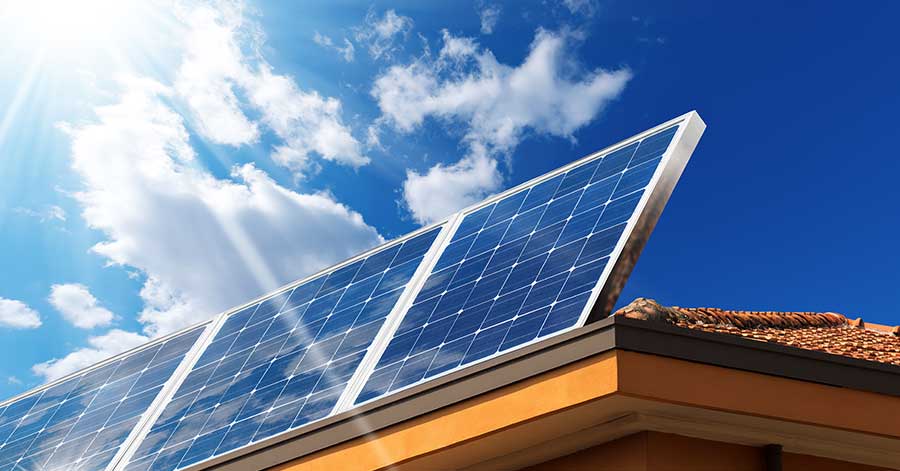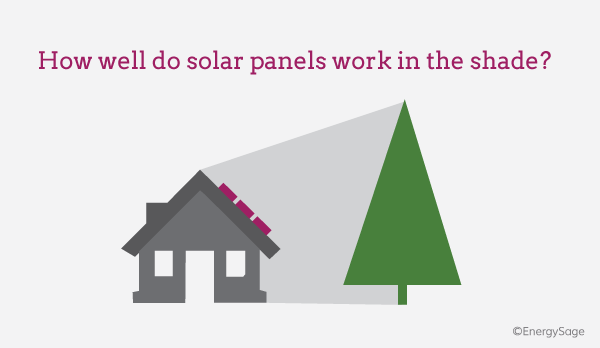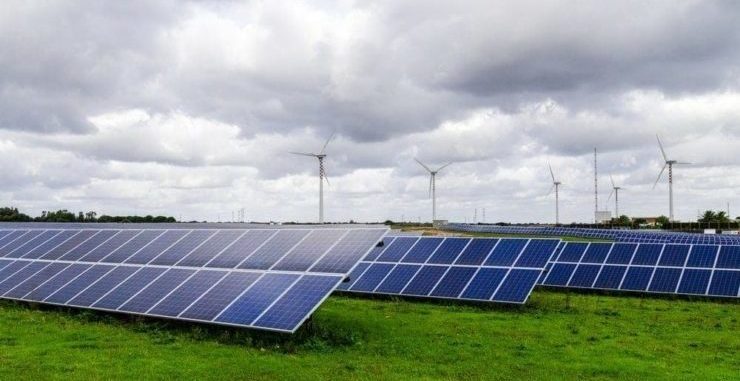As the amount of power generated in shaded non shaded parts differs it leads to overheating which in turn reduces the total power output of the solar panel.
Impact of partial shade on solar panel.
Shade from features in the immediate surroundings of your home can greatly affect the level of solar radiation reaching your panels.
A shadow cast on even just part of one solar panel in your solar array can potentially compromise the output of the whole system.
Setting up the solar panel where there is no shade is the best way to avoid the loss of output.
Effects of shade on pv output.
Solar panels in partial shade.
What fewer people understand however is just how important it is to avoid shading as much as possible.
Since pv systems generate electricity based on the amount of sunlight they receive it makes sense that when a shadow is cast on a panel for example by a nearby tree its power output decreases.
But this is not always possible.
For example if 20 of the panel is shaded at a certain time of day the panel products 20 less energy than when it s in full sun.
Though the numbers will vary depending on how much shade the panels are facing the general rule with clouds and shade is that solar panels will produce about half as much energy as they would with direct sunlight.
Once an object causes shades in a solar panel the effect reduces the power output of the whole string set of solar panels configured in series because the obstruction reduces the amount of photons that can be absorbed by the module.
A visual explanation of how shading affects solar panels to help you understand exactly what is meant by partial shading and how it affects the power output of a solar panel check out this video from the alte store.
Because of partial shading one part of the solar panel generates lower amount of energy as compared to the other non shaded part.
Partial cell shading that reduce solar panel power by half.
Trees and buildings or other landscape features such as hills can block incoming radiation and cast a shadow reducing the usable solar radiation.
Though the output will be reduce solar panels will still work in the shade just at less capacity due to lower sunlight exposure.
Additionally crystalline silicon s interconnection system limits the output to the lowest performing portion of the panel.
While this is often a downside in the case of partial shading it is more difficult to shade significant portions of an amorphous panel compared to the smaller area crystalline panel.
Because all cells are connected in a series string the weakest cell will bring the others down to its reduced power level.
At the same time if a solar panel is partially shaded then the current is reduced.
Although it probably goes without saying shading is not good for solar panels.
However the decrease in power could be a lot worse than it initially seems.









